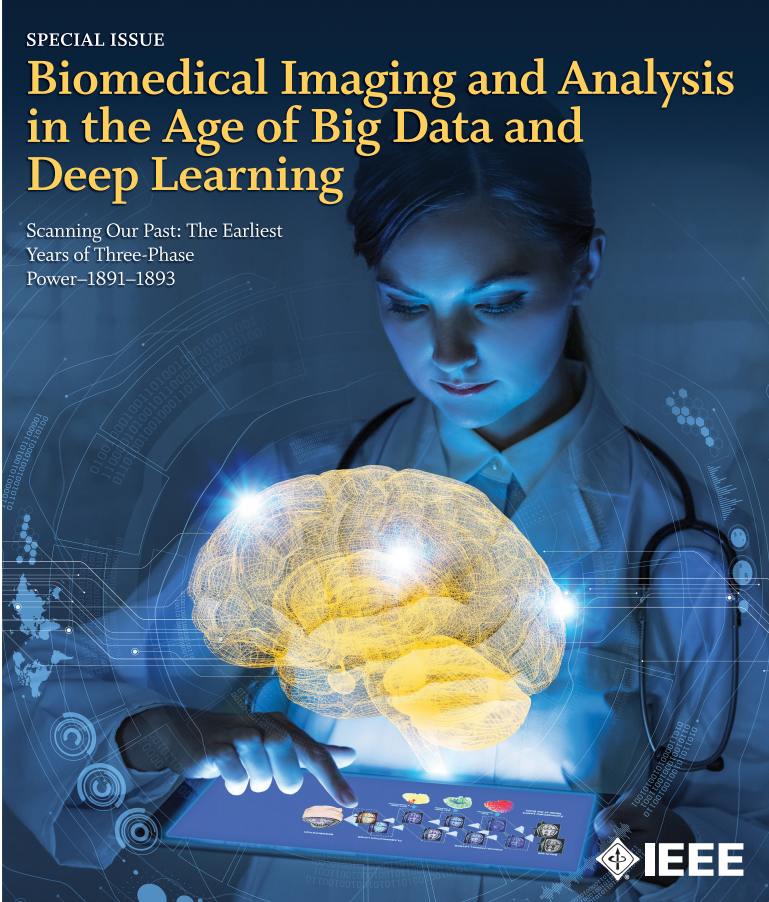What Should We Learn? Biomedical Imaging and Analysis in the Age of Big Data and Deep Learning


Imaging of the human body using a number of different modalities has revolutionized the field of medicine over the past several decades and continues to grow at a rapid pace. More than ever, previously unknown information about biology and disease is being unveiled at a range of spatiotemporal scales. Although results and clinical adoption of strategies related to the computational and quantitative analysis of the images have lagged behind development of image acquisition approaches, there has been a noticeable increase of effort and interest in these areas in recent years. This special issue of PROCEEDINGS OF THE IEEE, January 2020, aims to define and highlight some of the “hot” newer ideas that are in biomedical imaging and analysis, intending to shine a light on where the field might move in the next several decades, and focuses on emphasizing where electrical engineers have been involved and could potentially have the most impact.
These areas include image acquisition physics, I mage/signal processing, and image analysis, including pattern recognition and machine learning. This issue focuses on two themes common in much of this effort: first, engineers and computer scientists have found that the information contained in medical images, when viewed through image-based vector spaces, is generally quite sparse. This observation has been transformative in many ways and is quite pervasive in the articles included here. Second, medical imaging is one of the largest producers of “big data,” and data-driven machine-learning techniques (e.g., deep learning) are gaining significant attention because of improved performance over previous approaches. Thus, data-driven techniques, e.g., formation via image reconstruction and image analysis via deep learning, are gaining momentum in their development.
The set of articles included examine the capability of image science to explore the complexity of life systems, from bacterial colonies to human medicine. This goal has challenged biological and medical imaging researchers to develop sensing techniques capable of tracking cellular communications over a large range of spatiotemporal scales to explore the hierarchy of properties emerging from complex living systems.
The search for deeper understanding and clearer diagnostic assessments is driving technology into higher dimensional spaces. Ideas that began with multimodality approaches for imaging and treating cancer and cardiovascular disease have expanded into developing techniques that reveal the systemic role of the microbiome in healthy cells and disease cells, the topology of brain connectivity and biochemistry in cognition, and cognitive computing in image formation and interpretation where human pattern recognition and model-based image formation methods are hitting their limits. The limitations encountered when modeling instruments as linear systems can be overcome using data-driven approaches now offered through a range of machine learning techniques. Yet many sense that the most useful and robust models may involve some mixture of model-based and data-driven approaches. The articles that are included focus on a collection of topics, which are important areas for the future of biomedical imaging.

